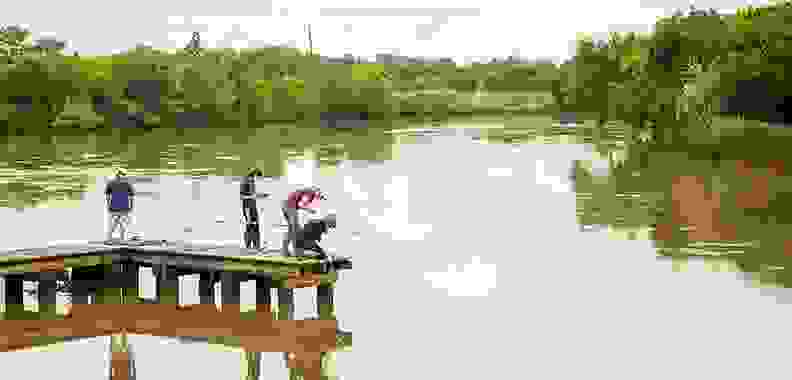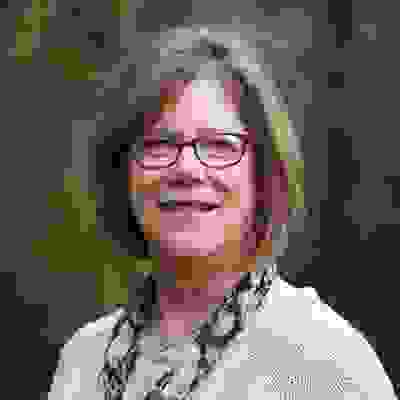While August is Water Quality Month, the Texas Water Resources Institute’s water team is always working on water quality, traveling to watersheds throughout Texas. The team is on the road again — this time evaluating water quality near the Texas coast to support local stakeholders in their efforts to restore the water to good health.
TWRI’s water team is conducting bacterial source tracking, or BST, and monitoring water quality for bacteria in five watersheds that drain into the Trinity and Galveston bays: Double, Cedar, Dickinson and Buffalo bayous, and Clear Creek.
“Through this project we hope to support the implementation of management measures identified in the various watershed-based plans to reduce bacteria in the area,” said Stephanie Ruff, a TWRI research assistant and lead for the project. “These plans include the Double Bayou Watershed Protection Plan(WPP), Cedar Bayou WPP, Dickinson Bayou WPP and the Bacteria Implementation Group (BIG) Implementation Plan.”
About once a month, members of the water team travel to the coast to collect water quality samples from a designated site along each of the five watersheds. They send the samples to the Texas A&M Soil and Aquatic Microbiology Laboratory (SAML) in College Station to be evaluated. At the sites, the team members also measure pH, temperature, conductivity and dissolved oxygen.
As a part of evaluating the water samples, the College Station lab processes the samples for BST. BST is an assessment tool that uses DNA fingerprinting and other genetic and phenotypic tests to identify and differentiate between wildlife, pets, livestock or human sources of fecal bacteria, including E. coli, in the watersheds. Using DNA fingerprints and bacterial markers, fecal pollution sources are identified by comparing E. coli DNA to those in the Texas E. coli BST Library, a statewide library of known contaminant sources.
The water team is collecting known source fecal samples from the watersheds and the SAML will add the samples to the BST Library.
“All of this monitoring and evaluation as well as input from local experts will result in a thorough knowledge of contributors to bacteria in the various watersheds,” said Dr. Allen Berthold, a TWRI senior research scientist.
For more information on BST, visit the TWRI’s Texas Bacterial Source Tracking Program website.








